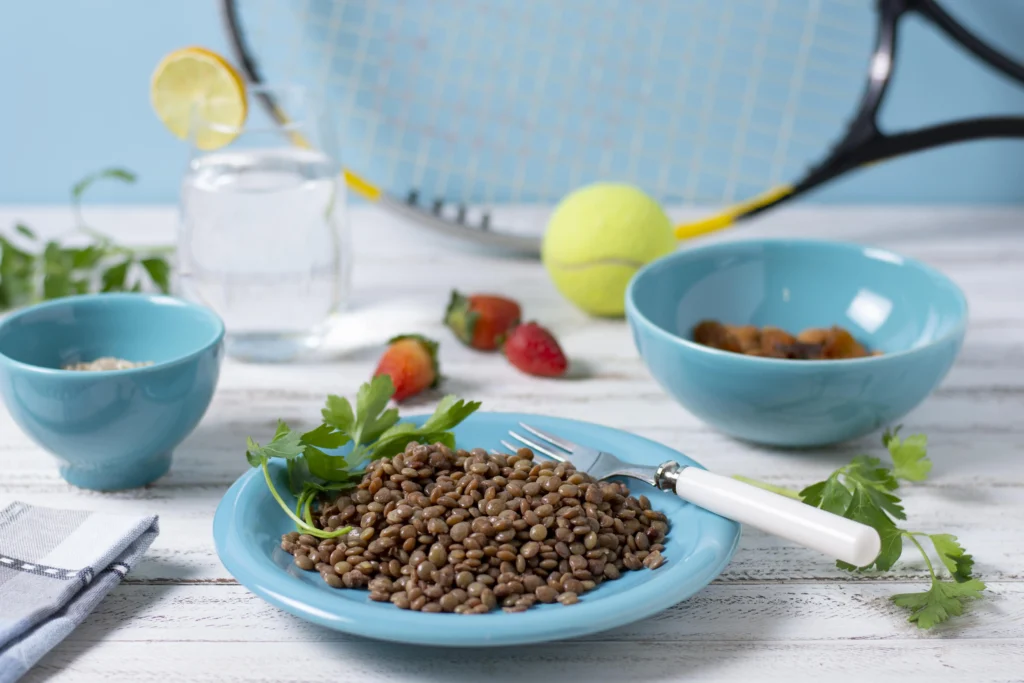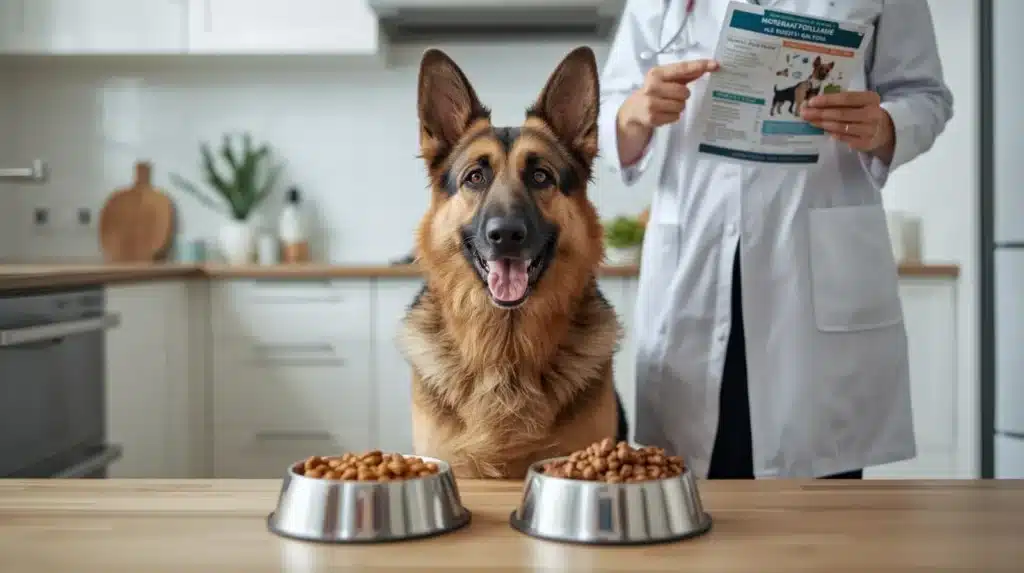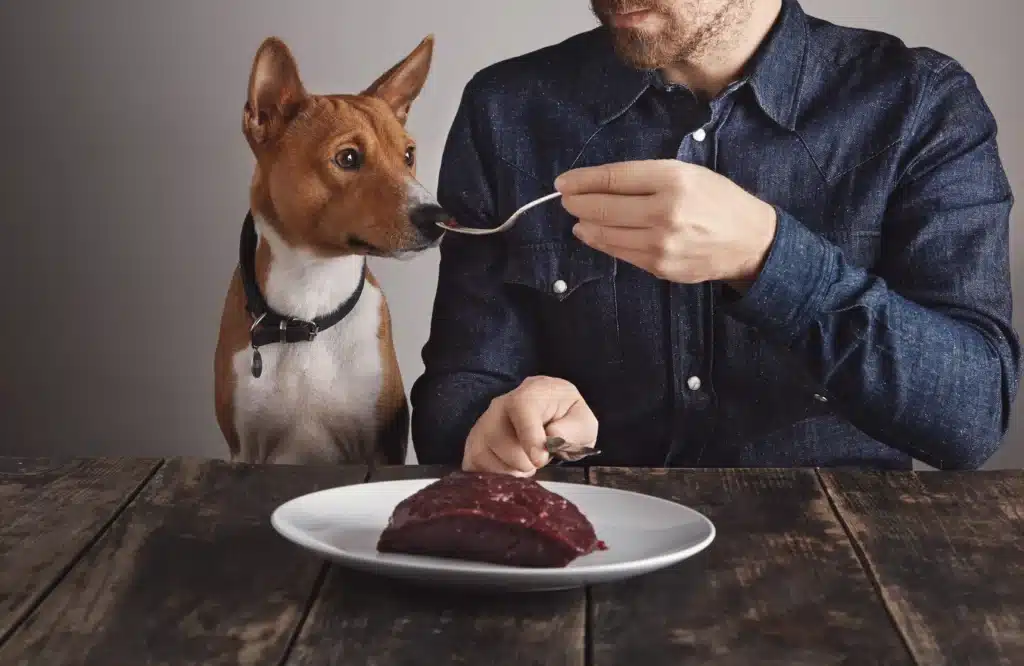Pancreatitis in dogs is a serious and painful condition that requires careful dietary management. When a dog’s pancreas becomes inflamed, it struggles to process fats efficiently — meaning every meal must be low in fat, easy to digest, and nutritionally balanced. Feeding your dog the right food is one of the most effective ways to prevent flare-ups, support recovery, and promote long-term pancreatic health.
Understanding Pancreatitis in Dogs
Pancreatitis occurs when the pancreas becomes inflamed and starts leaking digestive enzymes into surrounding tissues. This can cause abdominal pain, vomiting, diarrhea, and loss of appetite. The condition can be acute (sudden and severe) or chronic (long term and recurring).
Because the pancreas plays a critical role in fat digestion, reducing dietary fat is essential for managing the disease. A low-fat, high-protein, and easily digestible diet helps the pancreas rest and recover while keeping symptoms under control.
Best Low-Fat Foods for Dogs with Pancreatitis
When selecting foods for your dog, focus on lean proteins, gentle carbohydrates, and minimal fats. Below are vet-recommended options:
1. Lean Proteins
- Boiled chicken breast or turkey – skinless, boneless, cooked without oil.
- White fish (cod or tilapia) – excellent for omega-3s without the fat content of red meats.
- Egg whites – packed with protein and low in fat (avoid yolks).
2. Easy-to-Digest Carbohydrates
- White rice – a classic for sensitive stomachs, gentle on digestion.
- Sweet potatoes – provide fiber and energy while keeping fat intake minimal.
- Oatmeal or pumpkin – great for gut health and digestion regulation.
3. Commercial Low-Fat Dog Foods
If you prefer ready-made options, look for veterinary-recommended low-fat dog foods labelled “GI support” or “digestive care.”
Top formulations often include:
- Hill’s Prescription Diet i/d Low Fat
- Royal Canin Gastrointestinal Low Fat
- Purina Pro Plan EN Gastroenteric
These options are nutritionally complete and ideal for dogs needing consistent fat control.
According to the Purina Institute, dogs with hyperlipidaemia (high blood fats) should be fed ultra-low-fat diets (≤ 10% on dry matter) and non-hyperlipidaemic dogs can use low-fat foods (≤ 15% dry matter) for pancreatitis management.
Homemade Diet Options for Pancreatitis
Homemade diets can be a great way to ensure quality and freshness — just make sure they’re vet-supervised.
Here’s a sample low-fat homemade meal:
Ingredients:
- 1 cup boiled chicken breast (shredded)
- ½ cup white rice (cooked)
- ¼ cup boiled sweet potato (mashed)
- Optional: 1 teaspoon pumpkin purée
Instructions:
- Boil all ingredients without salt or oil.
- Mix thoroughly and cool before serving.
- Serve small, frequent meals instead of large portions.
Always consult your veterinarian before switching to a homemade diet to ensure it meets your dog’s nutritional needs.
What to Avoid in a Pancreatitis Diet
Certain foods can trigger or worsen pancreatitis. Avoid the following:
- High-fat meats like lamb, pork, or duck
- Fried or processed foods
- Dairy products and cheese
- Table scraps or fatty treats
- Foods with added oils or butter
Even small portions of these foods can cause flare-ups, so it’s best to eliminate them completely.
Research shows that diets containing more than ~60% of energy from fat (in experimental models) increased risk of pancreatitis in dogs.
Feeding Tips for Dogs with Pancreatitis
- Feed smaller meals 3–4 times a day instead of one large meal.
- Ensure your dog has constant access to fresh water.
- Avoid sudden diet changes — transition gradually over 5-7 days.
- If your dog loses appetite, ask your vet about digestive enzymes or appetite stimulants.
A study on healthy dogs found no significant difference in pancreatic enzyme concentrations between diets of 16% vs 5% fat, but that was in healthy dogsnot dogs with pancreatitis.
Another trial found that the type of fat (medium chain vs long chain) influenced post-prandial triglycerides significantly, with MCT oil producing lower triglycerides than long chain fat.

Long-Term Management and Recovery
Dogs recovering from pancreatitis often need a lifelong low-fat diet. Consistency is key — once symptoms improve, continue feeding low-fat foods to prevent recurrence. According to the Purina Institute:
“A diet considerably lower in fat content than the dog’s previous diet is indicated after chronic pancreatitis diagnosis. Dogs with hyperlipidaemia can be fed ultra-low-fat (≤10% DM) to lower triglycerides and cholesterol; non-hyperlipidaemic dogs can be fed low-fat (≤15% DM).”
Adding probiotics and digestive enzymes can help support gut health and improve nutrient absorption. Regular veterinary checkups are crucial to monitor your dog’s recovery and adjust their diet as needed.
FAQs
1. Can my dog ever return to a normal diet after pancreatitis?
Not usually. Most dogs need to stay on a low-fat diet for life to prevent flare-ups. However, if they have recovered from an acute episode and show no fat intolerance, your vet may allow moderate-fat foods in future.
2. Are treats safe for dogs with pancreatitis?
Yes — but choose low-fat, vet-approved treats made with ingredients like chicken, rice, or pumpkin. Avoid anything fried or oily.
3. How much fat is safe in dog food for pancreatitis?
Research and clinical recommendations suggest:
For dogs with hyperlipidaemia: ≤ 10% fat on dry matter basis (≈ 2-3 g fat per 100 kcal ME)
For dogs without fat issues: ≤ 15% fat on dry matter basis
4. Can I give my dog supplements?
Yes, under vet supervision. Supplements like omega-3s, probiotics, or pancreatic enzymes can support digestion and inflammation control. Some studies suggest type of fat matters — saturated fats may be more harmful to pancreatic cells.
Final Thoughts
Managing pancreatitis through diet isn’t just about restriction — it’s about nourishing smartly. By choosing low-fat, easily digestible foods, feeding smaller portions, and avoiding fatty triggers, you can help your dog recover comfortably and live a healthy, active life.
If you’re unsure where to start, consult your vet to tailor a nutrition plan that suits your dog’s age, breed, and medical condition.


